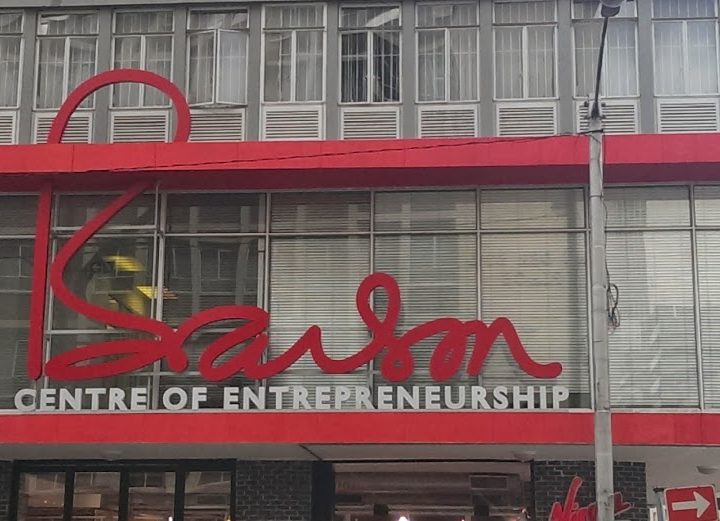
The pace of change has accelerated in recent years due to technological advances. Information can now be transmitted around the world with a simple click or tap, allowing employees and the public to share their experiences with other individuals, brands, governments and businesses almost as fast as the interactions occur. This has led to greater public interest and scrutiny of the actions of both boards and directors and push for everyone to produce greater value.
The result is a tense, pressure cooker environment where conflicts are even more likely to occur between CEOs and their boards. The following strategies will help create greater openness and understanding between boards and directors and reduce conflict.
Seek clarity
Most conflicts between directors and their CEOs can be tracked down to confusion about roles and responsibilities. Boards need to sit down with their CEO and make certain everyone is clear about their role in the organisation, what they are responsible for and what is expected of them in terms of performance and behaviour.
Follow the chain of command
Sometimes, conflict between CEOs and boards occurs because of personality clashes. Occasionally there can be control issues – too many bosses! Sometimes, these types of conflicts can lead to heated and personal attacks.
The real question is who is really in charge of the organisation? Always remember the CEO is selected by the Board, and it’s the directors who hold ultimate responsibility for the results and actions of the organisation.
Offer evaluations and feedback
Boards should evaluate the performance of their CEOs (and each of the directors) on a regular basis and offer clear guidance about what they perceive as strengths and areas they would like to see performance improve.
CEOs should consider giving their board a “wish list,” of things that they would like to see changed, along with constructive ideas about how to implement these changes.
Work on your relationships
Tension between the CEO and board must be dealt with quickly. If left, it can spill over into the organisation, affecting not only the performance of the CEO, but also the team he or she is leading and ultimately the organisation. Management and resolution of the situation falls to the Chair, especially in dealing with uncollaborative or bullying behaviours from a director or an employee. Make your standards of behaviour quite clear and enforce them. Naturally, the same standards apply to the Chair and CEO, too.
Create a safe space for open dialogue
Board directors should do their part to make it safe for everyone to actively participate in board meetings and executive discussions. When directors feel able to speak openly about their concerns and feel their ideas and concerns are valued, it will be easier for everyone to cooperate and reach consensus.
By working together to set clear expectations and focusing on open, positive dialogue, boards and their directors can dramatically reduce the opportunity for conflict with their CEOs and provide healthier, more effective leadership for their organisations!





